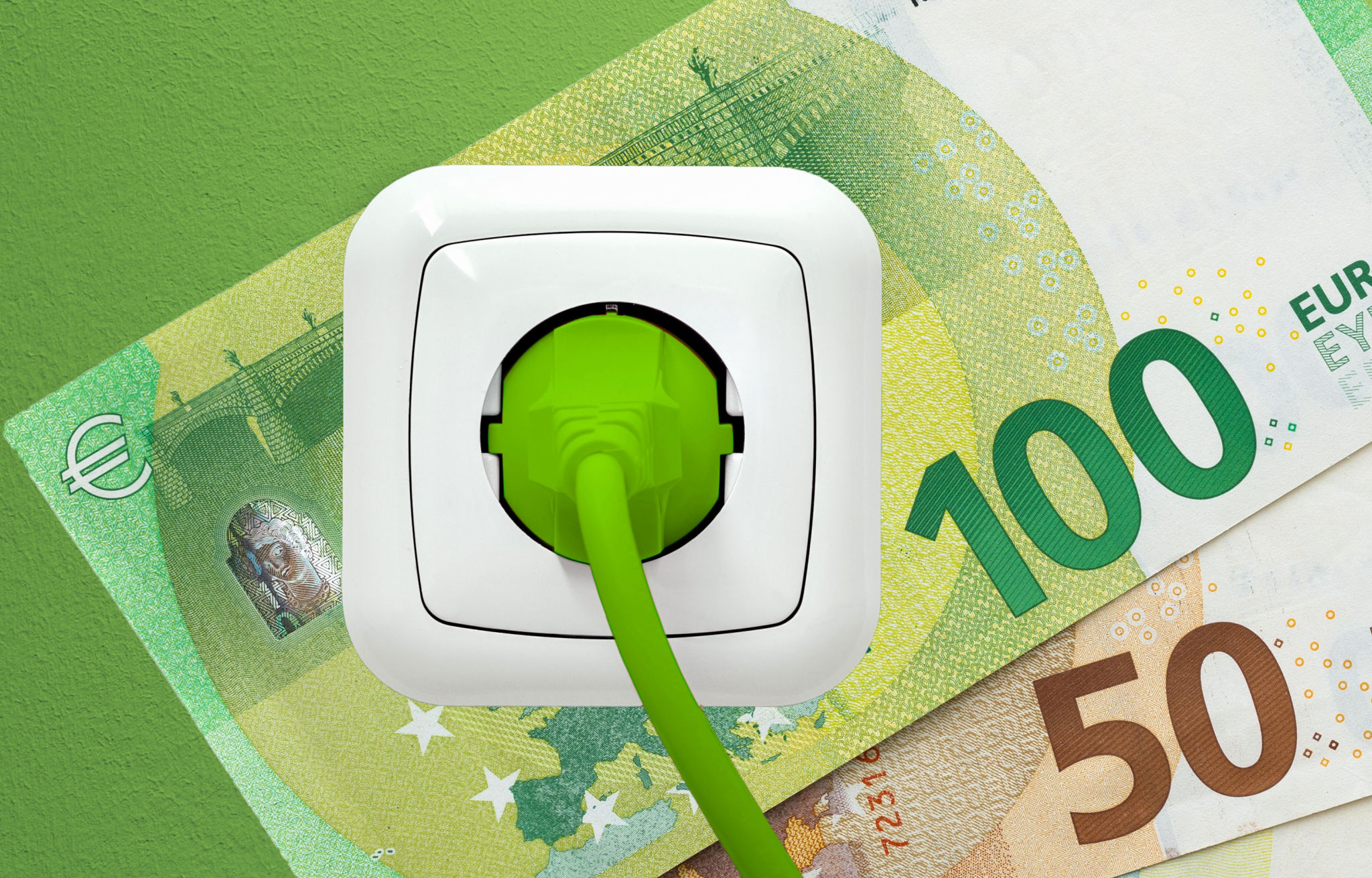The Cost-Effectiveness of Our Waste-to-Electricity Solution: A Detailed Comparison
Understanding Waste-to-Electricity Solutions
The growing need for sustainable energy solutions has led to the development of innovative technologies, among which waste-to-electricity solutions stand out. These systems not only help in managing waste effectively but also contribute to energy production. By converting waste materials into electricity, they provide a dual benefit of waste reduction and energy generation. But how does this translate into cost-effectiveness?

How Waste-to-Electricity Works
At the core of waste-to-electricity solutions is the process of converting waste materials into usable energy. This typically involves several steps: collecting waste, sorting and processing it, and then using high-temperature combustion or other technologies to convert it into electricity. The result is a decrease in landfill waste and an increase in renewable energy sources.
Key Benefits
- Reduction in Landfill Use: By diverting waste from landfills, these solutions help in minimizing the environmental impact.
- Energy Production: The transformation of waste into energy provides a sustainable source of electricity.
- Cost Savings: Reduced waste management costs and potential revenue from electricity sales add to the economic benefits.
Comparing Costs: Waste-to-Electricity vs. Traditional Methods
The cost-effectiveness of waste-to-electricity solutions can be better understood by comparing them with traditional waste disposal methods and conventional energy production. Traditional methods involve significant landfill fees and environmental degradation, while conventional energy relies heavily on non-renewable resources.

Operational Costs
Waste-to-electricity solutions generally have higher initial setup costs due to the technology and infrastructure required. However, these are offset by reduced operational costs over time. Traditional waste disposal methods incur ongoing expenses related to landfill maintenance and regulatory compliance.
Long-term Savings
The long-term savings associated with waste-to-electricity solutions are substantial. Unlike traditional methods that require continuous financial input for operation and maintenance, these systems generate revenue by producing electricity. This not only offsets operational costs but also provides a return on investment over time.

Environmental Impact and Regulatory Compliance
An often-overlooked aspect of cost-effectiveness is compliance with environmental regulations. Waste-to-electricity technologies are designed to meet stringent environmental standards, reducing the risk of fines and penalties associated with non-compliance. Moreover, they support sustainability goals, which are increasingly important for businesses and municipalities alike.
Conclusion: A Smart Investment
Investing in waste-to-electricity solutions represents a forward-thinking approach to both waste management and energy production. While the initial costs may seem daunting, the long-term benefits in terms of cost savings, environmental compliance, and sustainable energy production make it a worthwhile investment. Transitioning to this model not only addresses current waste management challenges but also aligns with future sustainability objectives.
